International
Ecuador military, prison heads resign after jail riot
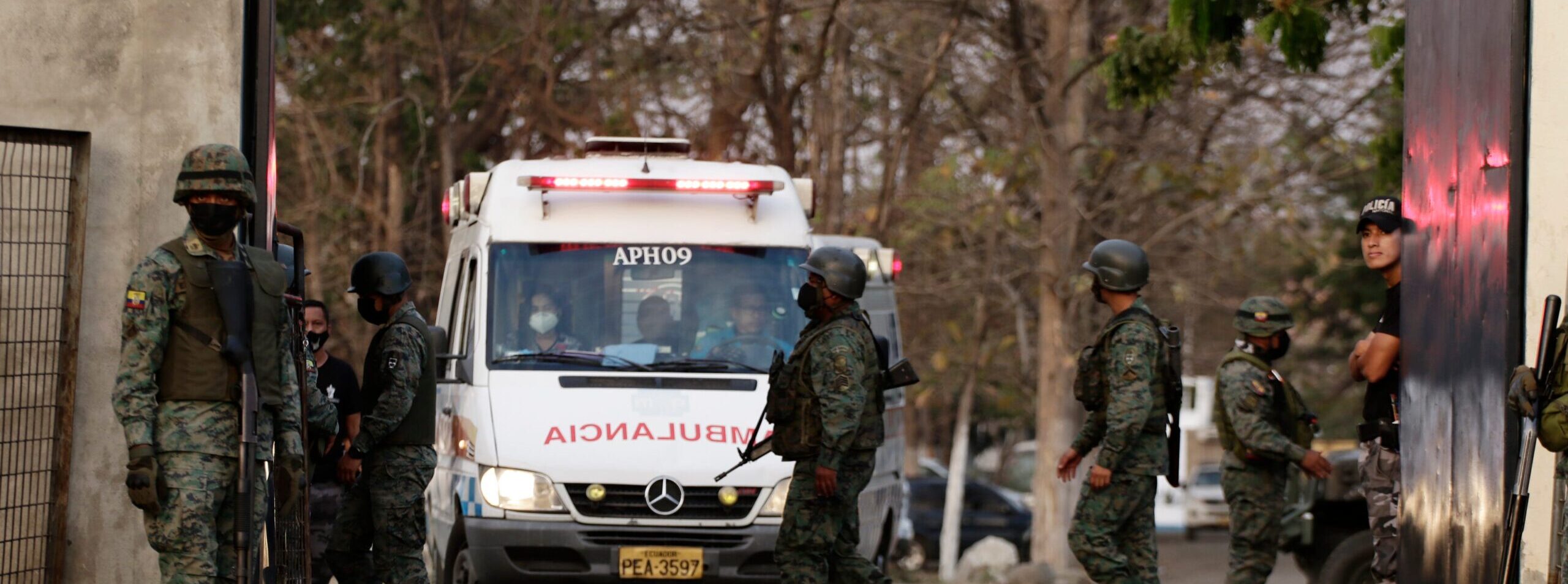
AFP
The heads of Ecuador’s armed forces and prisons resigned Monday after weekend riots left 68 dead in the latest outbreak of violence between inmates aligned to rival gangs, the government said.
President Guillermo Lasso accepted the resignations of Vice Admiral Jorge Cabrera, head of the joint command, and Bolivar Garzon, head of the SNAI prisons agency, the president’s office said in a statement.
Fighting over the weekend between inmates armed with guns, machetes and explosives killed dozens at an overcrowded prison in Guayaquil before authorities could regain control.
Social media posts showed gruesome images of prisoners beating and setting fire to bloodied bodies.
This year, Ecuador’s violent, decrepit and overcrowded prisons have seen some of the worst rioting in the history of Latin American penitentiaries.
More than 320 inmates have been killed so far in 2021, and the latest riot happened despite a state of emergency enforced in Ecuador’s prison system after even deadlier fighting in September.
The presidency said Lasso agreed to the resignations of Cabrera and Garzon at a meeting on measures to prevent further prison violence with his interior and defense ministers, as well as the military and police chiefs.
Lasso appointed army commander General Orlando Fuel as the new head of the joint command. Marlo Brito, who was head of the Center for Strategic Intelligence (CIES), took over from Garzon at the SNAI.
Another riot in the same prison in Ecuador’s southwest in September left 119 dead — making it the largest such massacre in the country’s history, and one of the worst in Latin America.
Nestled between the world’s biggest cocaine producers, Colombia and Peru, Ecuador has seen a surge of violence blamed on fighting between rival drug groups.
The country of 17.7 million people is favored by traffickers because of its porous borders, a dollarized economy and major seaports for export.
Seizures of drugs, mainly cocaine, reached a record of 155 tons between January and October 2021, while street crime and warring between gang-aligned prisoners has left more than 2,000 dead so far this year.
International
At Least Eight Dead and 19 Injured in Deadly Bus Crash in Veracruz, Mexico
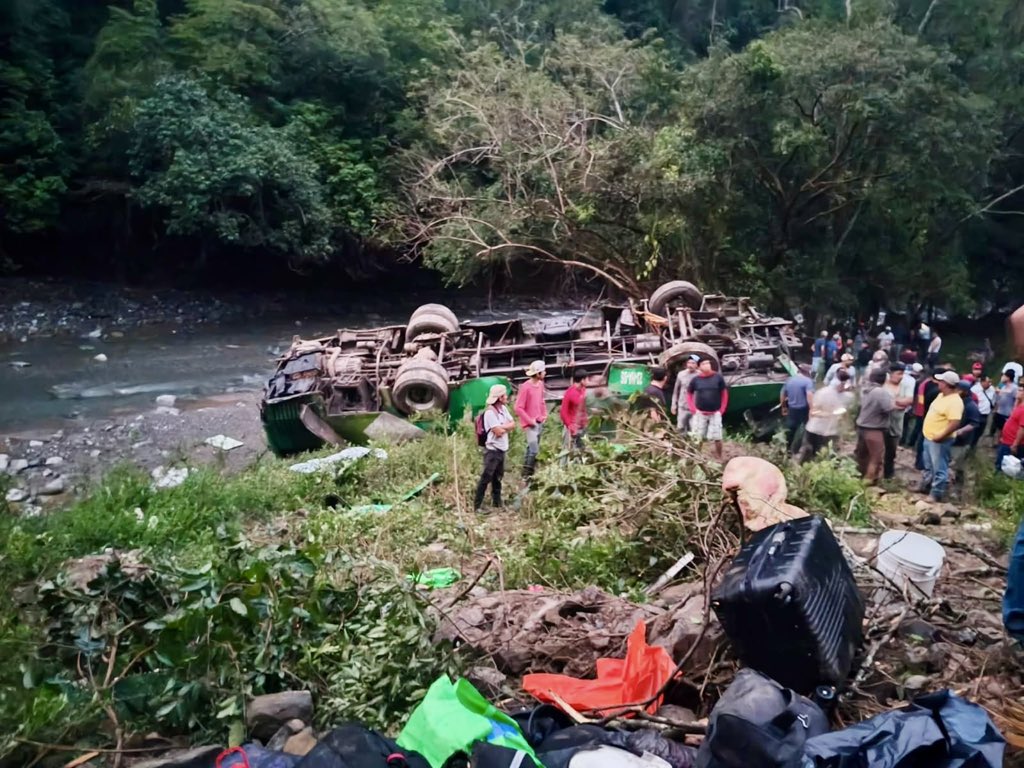
A tragic bus accident in the eastern state of Veracruz left at least eight people dead and 19 others injured on Wednesday afternoon, according to local authorities.
The vehicle was traveling through the town of Zontecomatlán when it crashed near a ravine, state Civil Protection officials reported late Wednesday night. “Regrettably, the prosecutor’s office has confirmed eight fatalities,” the agency stated in an official release.
Emergency Response and Medical Care Rescue teams worked into the night to assist the survivors. The 19 injured passengers were stabilized at the scene before being transported to hospitals in the nearby municipalities of Chicontepec and Huayacocotla. While the identities of the victims have not yet been released, Mexican press reports indicate the bus was en route from Mexico City to Chicontepec.
A Recurring Issue on Mexican Highways Road accidents involving long-haul passenger buses and freight transport are a frequent occurrence in Mexico. Experts often cite excessive speed, mechanical failure, or driver fatigue as the primary catalysts for these tragedies.
This latest incident follows another major disaster in late November, where 10 people were killed and 20 injured in a similar bus crash in the western state of Michoacán. The recurring nature of these accidents continues to spark national debate regarding the enforcement of stricter safety regulations for commercial transport units.
International
Jair Bolsonaro Hospitalized for Inguinal Hernia Surgery While Serving Sentence for Attempted Coup

Former Brazilian President Jair Bolsonaro, currently serving a 27-year prison sentence for an attempted coup, underwent surgery this Thursday for an inguinal hernia. The procedure took place at the DF Star Hospital in Brasilia, according to his wife, Michelle Bolsonaro.
The 70-year-old former leader left prison on Wednesday for the first time since his incarceration in late November to prepare for the operation. “My love has just gone to the surgical center,” Michelle Bolsonaro posted on Instagram, where she has been documenting her accompaniment during his hospitalization.
Surgical Expectations and Health History Medical professionals treating the far-right ex-president (2019-2022) anticipate the operation will last approximately four hours. His recovery period in the hospital is expected to extend between five and seven days.
Dr. Claudio Birolini explained on Wednesday that while the surgery is standardized, it remains complex due to the patient’s history. Bolsonaro continues to suffer from the long-term effects of a 2018 campaign rally stabbing, an injury that required several major abdominal surgeries in the years following the attack.
“There is no such thing as a simple surgery. However, this is a scheduled and standardized procedure, so we expect it to be carried out without major complications,” Dr. Birolini stated.
Potential Additional Procedures Following the hernia repair, the medical team will evaluate whether Bolsonaro can undergo a second procedure: an anesthetic block of the phrenic nerve. This nerve controls the diaphragm, and the intervention would aim to resolve a chronic case of recurrent hiccups that has plagued the former president for years.
Bolsonaro remains under heavy security at the medical facility as he serves his lengthy sentence related to the events surrounding the January 2023 institutional crisis in Brazil.
International
Trump Orders Construction of New ‘Golden Fleet’ to Revitalize U.S. Naval Superiority

President Donald Trump issued an executive order this Monday for the immediate construction of two new warships that will bear his name. These vessels will be the pioneers of what he described as the “Golden Fleet,” a future generation of “Trump-class” battleships that he claimed would be “100 times more powerful” than those currently in service.
The announcement took place at his private residence in Mar-a-Lago, Florida. The President indicated that following the initial two ships, the administration aims to commission up to 25 additional vessels. He is scheduled to meet with Florida-based contractors next week to expedite production, criticizing existing defense firms for failing to deliver results efficiently.
This naval expansion is a cornerstone of Trump’s goal to revitalized the American shipbuilding industry and address the strategic gap between the U.S. and competitors like China.
The move comes amid heightened geopolitical tension. Just last week, Trump ordered the seizure of all sanctioned tankers involved with Venezuela’s “ghost fleet” to cripple the country’s crude oil industry. Since December 10, the U.S. military—deployed in the Caribbean under the guise of counter-narcotics operations—has already detained two tankers linked to Venezuelan oil transport.
-
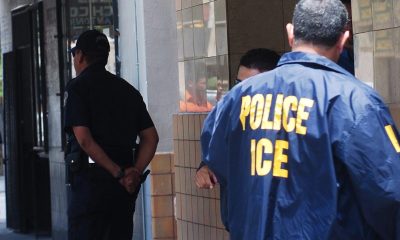
 International3 days ago
International3 days agoU.S. Judge Blocks ICE from Re-detaining Salvadoran Erroneously Deported Under Trump Administration
-
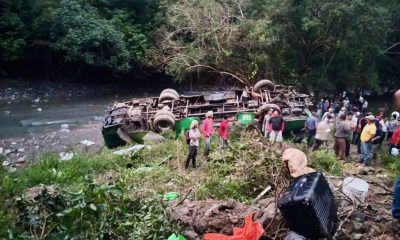
 International8 hours ago
International8 hours agoAt Least Eight Dead and 19 Injured in Deadly Bus Crash in Veracruz, Mexico
-

 International4 days ago
International4 days agoCristina Kirchner recovering after appendicitis surgery in Buenos Aires
-

 International3 days ago
International3 days agoTrump Orders Construction of New ‘Golden Fleet’ to Revitalize U.S. Naval Superiority
-
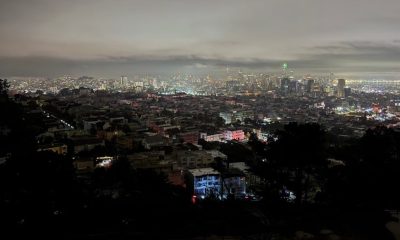
 International4 days ago
International4 days agoFire at substation triggers major blackout in San Francisco
-
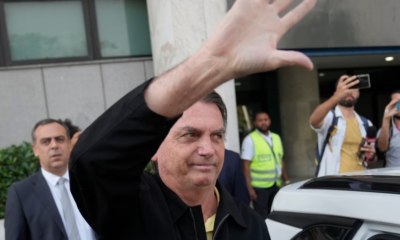
 International8 hours ago
International8 hours agoJair Bolsonaro Hospitalized for Inguinal Hernia Surgery While Serving Sentence for Attempted Coup




























